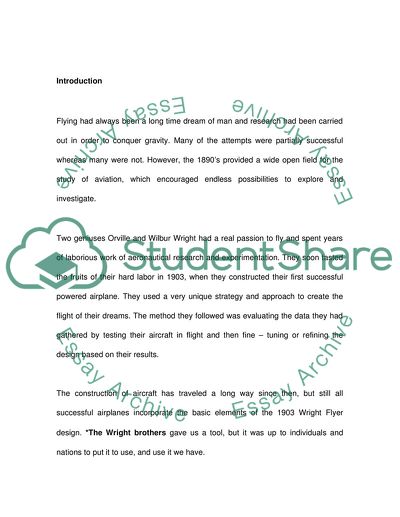Cite this document
(Space Vehicles Essay Example | Topics and Well Written Essays - 4250 words, n.d.)
Space Vehicles Essay Example | Topics and Well Written Essays - 4250 words. Retrieved from https://studentshare.org/engineering-and-construction/1713569-space-vehicles
Space Vehicles Essay Example | Topics and Well Written Essays - 4250 words. Retrieved from https://studentshare.org/engineering-and-construction/1713569-space-vehicles
(Space Vehicles Essay Example | Topics and Well Written Essays - 4250 Words)
Space Vehicles Essay Example | Topics and Well Written Essays - 4250 Words. https://studentshare.org/engineering-and-construction/1713569-space-vehicles.
Space Vehicles Essay Example | Topics and Well Written Essays - 4250 Words. https://studentshare.org/engineering-and-construction/1713569-space-vehicles.
“Space Vehicles Essay Example | Topics and Well Written Essays - 4250 Words”, n.d. https://studentshare.org/engineering-and-construction/1713569-space-vehicles.


